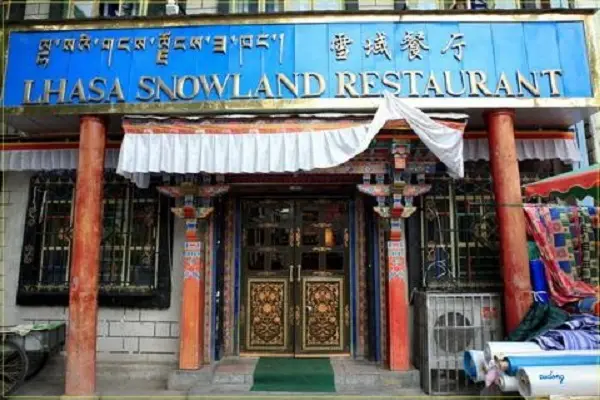Tibet
WELCOME TO Tibet
Province Overview
Lhasa
1,228,400 km2
3.4 million
Tibetan

Popular
Geography and Tourist Attractions
Information about the province's tourist attractions, including popular destinations, events, and activities.
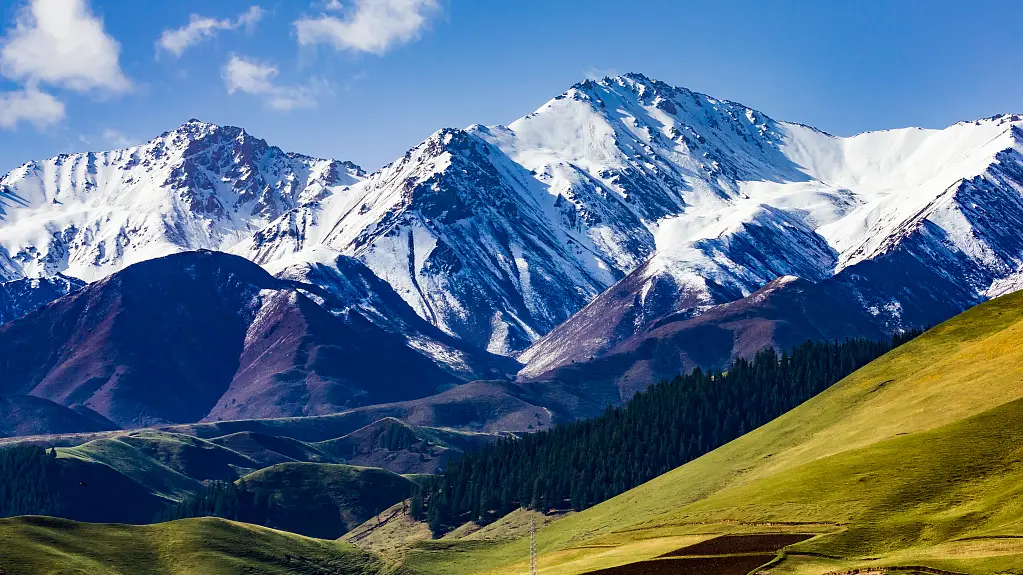
Tibetan Plateau
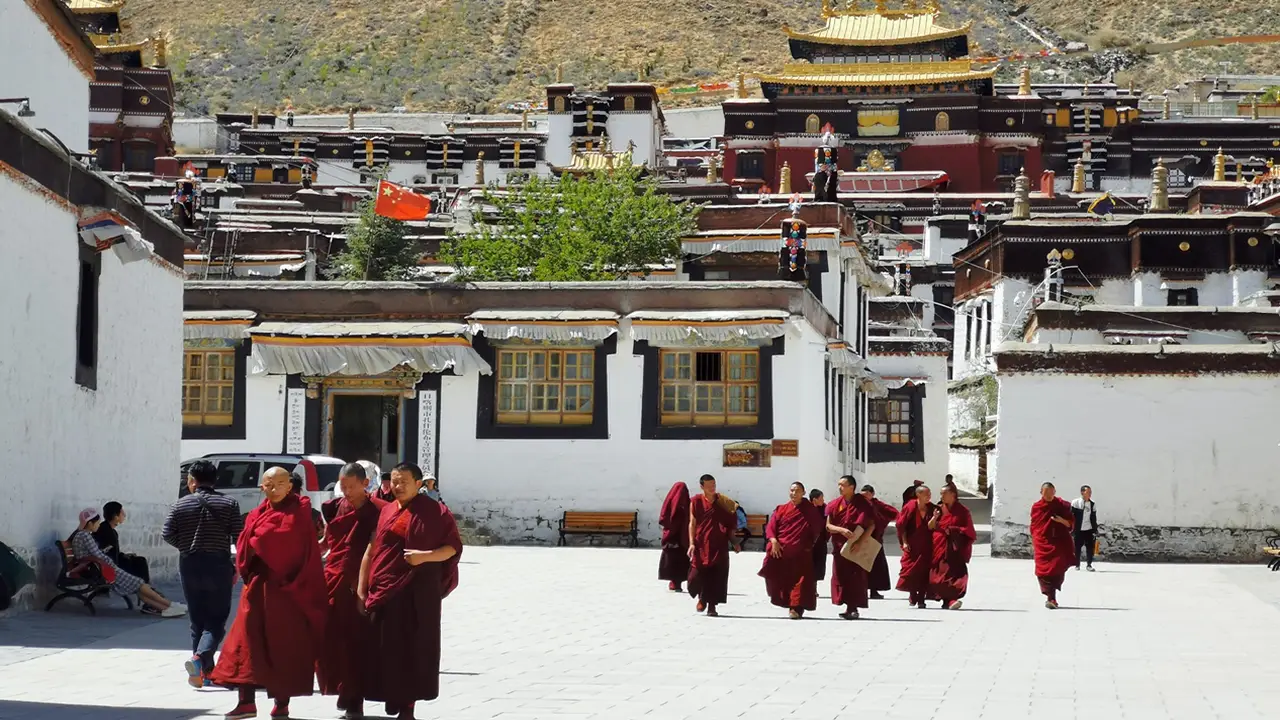
Tashi lhunpo Monastery

Yamdrok Lake
Political
Economy and Government
Tibet, as an autonomous region of China, has a unique economy and government structure. The region's economy primarily revolves around agriculture, animal husbandry, and tourism. The fertile valleys and grasslands support the cultivation of barley, wheat, and other crops, while yak and sheep herding are traditional livelihoods. In recent years, the government has made efforts to diversify the economy by promoting industries such as renewable energy, mining, and handicrafts.
The government of Tibet operates under the framework of the People's Republic of China. It follows the socialist system and is administratively divided into prefectures and counties. The regional government, headed by the Chairman, exercises local governance and works in conjunction with the central government in Beijing. The Communist Party of China plays a significant role in governing Tibet and implementing policies that aim to improve social development, infrastructure, and preserve Tibetan culture.
Tibet's government also places emphasis on preserving and promoting the unique cultural heritage of the Tibetan people. It supports the protection of monasteries, religious institutions, and cultural traditions while also encouraging tourism to showcase the region's rich history and natural beauty. Overall, the government's focus on economic development and cultural preservation aims to uplift the standard of living and promote harmony in Tibet.
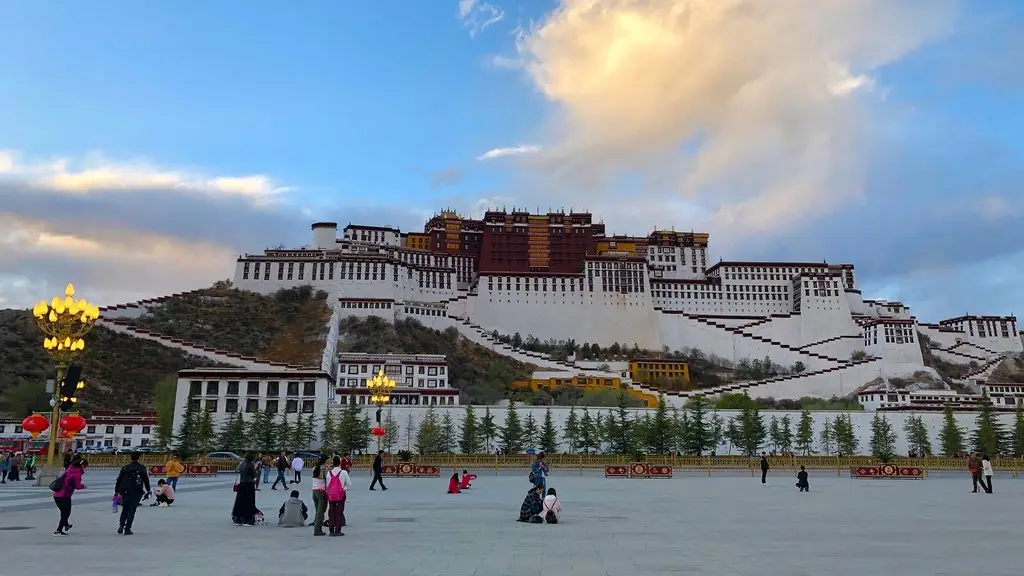
History
History and Culture
The history and culture of Tibet are deeply intertwined, spanning centuries of unique traditions and spiritual practices. Tibet has a rich and complex history, shaped by the influence of Buddhism, politics, and interactions with neighboring regions.
Tibetan culture is known for its strong ties to Tibetan Buddhism, which has played a central role in shaping the region's identity. Monasteries such as the Potala Palace and Jokhang Temple are revered as religious and cultural landmarks, adorned with intricate art, statues, and scriptures. Tibetan art, including thangka paintings and intricate woodcarvings, reflects the spiritual devotion and aesthetic sensibilities of the people.
The region's cultural heritage extends to its music, dance, and festivals. Traditional Tibetan music features instruments like the dranyen and the dulcimer, accompanied by soulful chants and songs. Festivals such as Losar (Tibetan New Year) and Saga Dawa commemorate significant events and bring communities together in vibrant celebrations.
Tibet's history has witnessed periods of independence, conflicts, and integration with China. The region came under Chinese influence in the 13th century and later became an integral part of China in the 18th century. The Chinese government's policies have aimed to preserve Tibetan culture while promoting economic development and social stability in the region.
Today, Tibet continues to captivate visitors with its deep spiritual heritage, breathtaking landscapes, and the enduring resilience of its people. Its history and culture serve as a testament to the unique identity and enduring spirit of the Tibetan people.
HOTELS
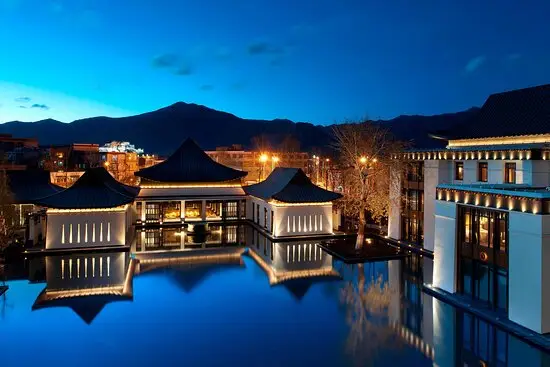
St. Regis Lhasa Resort
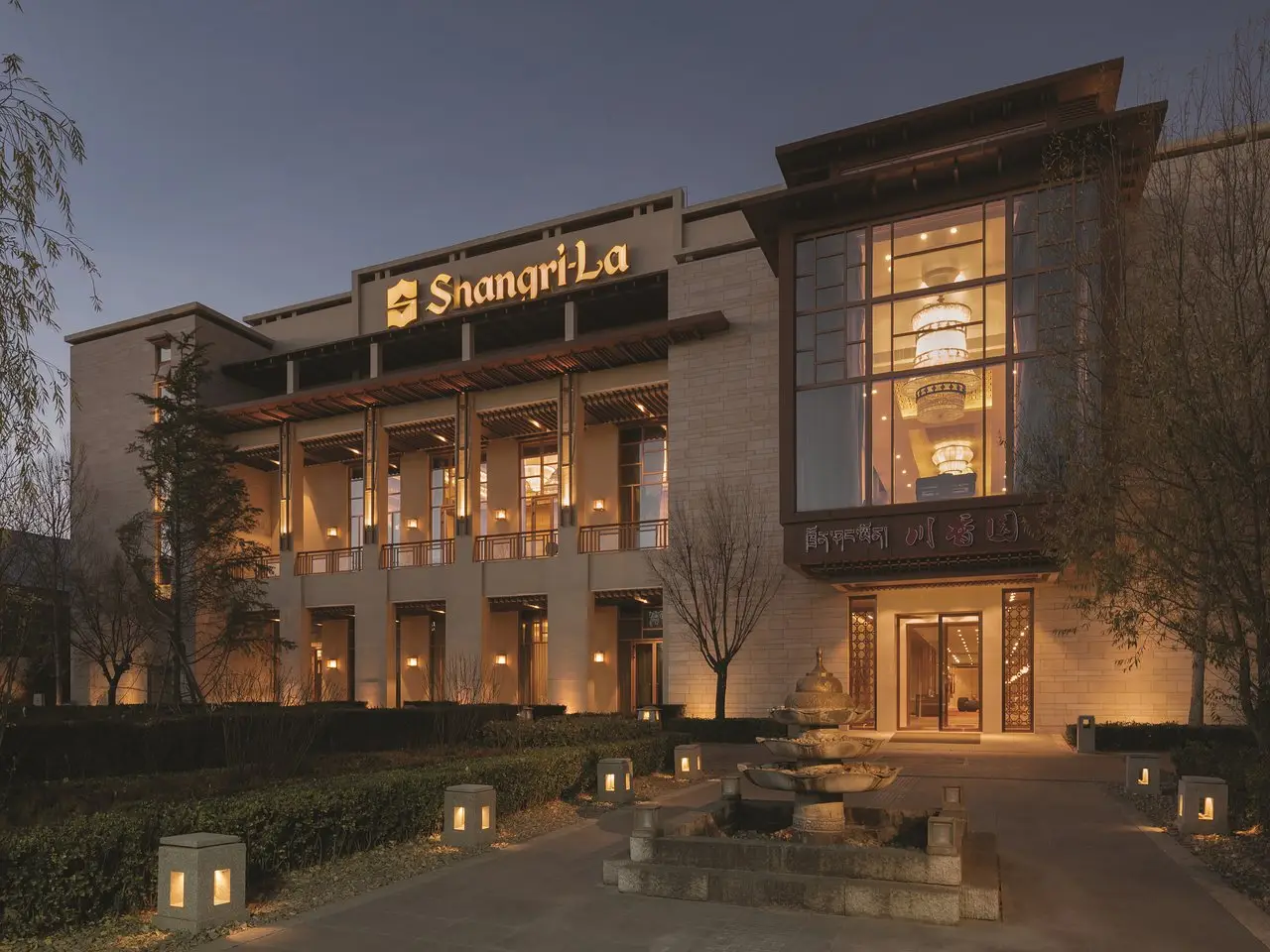
Shangri-La Hotel, Lhasa
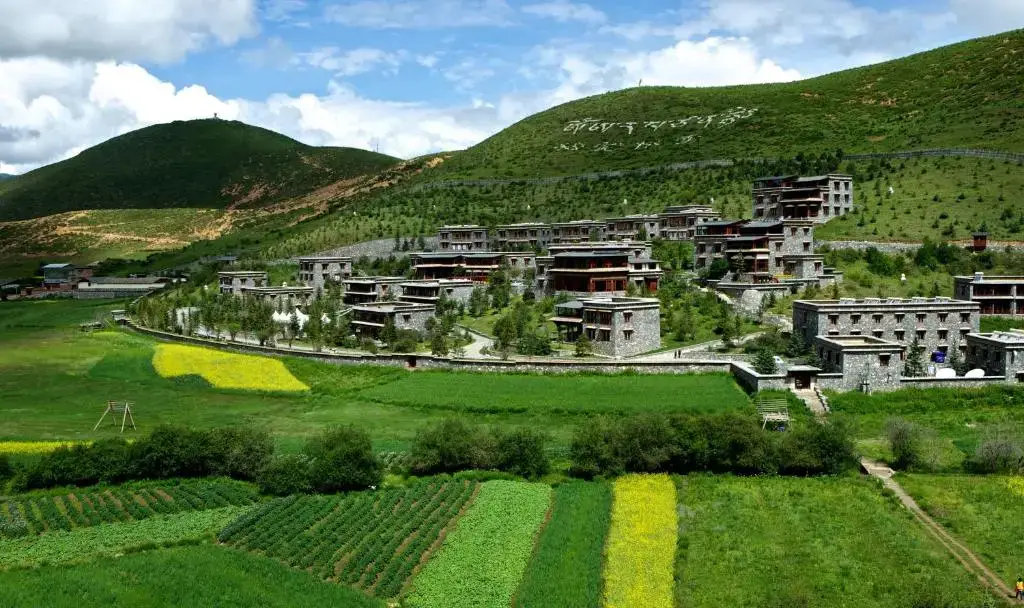
Songtsam Retreat at Shangri-La
RESTAURANTS
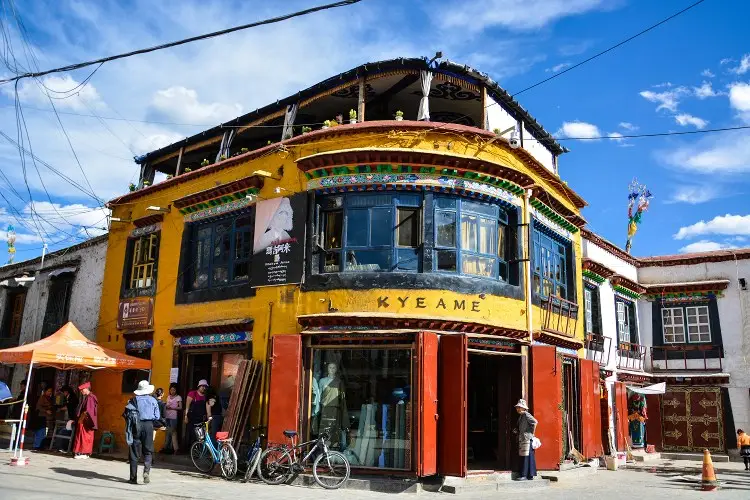
Makye Ame Restaurant (Lhasa)
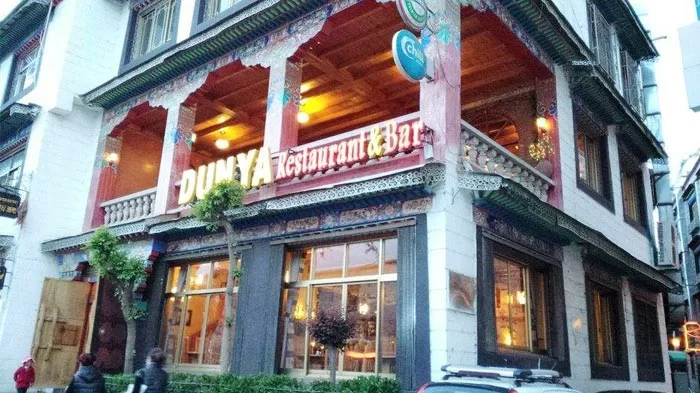
Dunya Restaurant (Lhasa)
